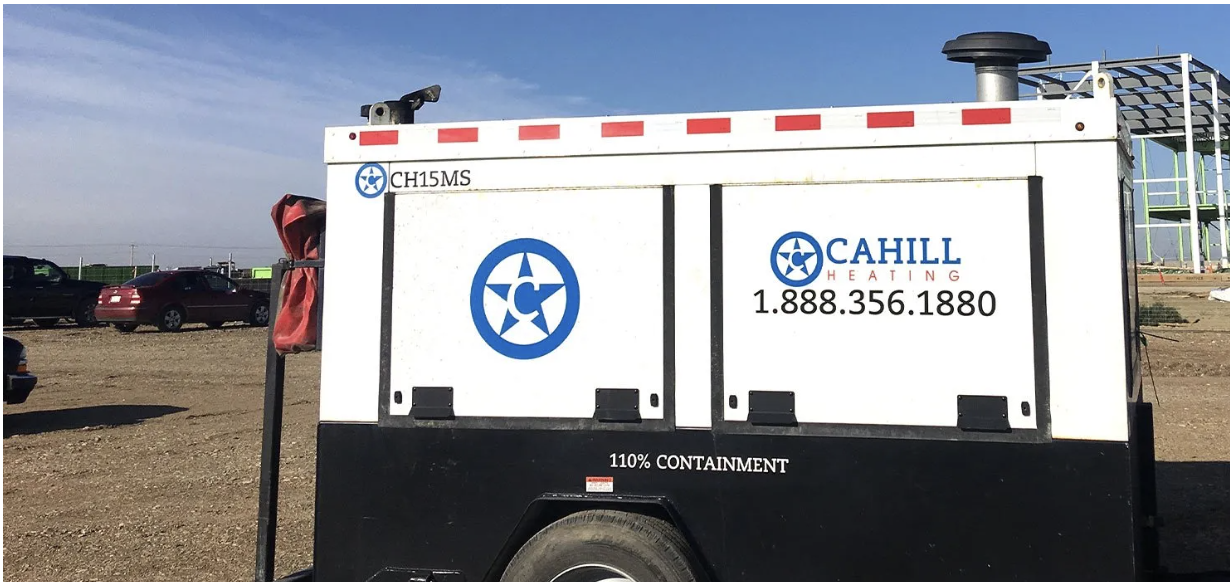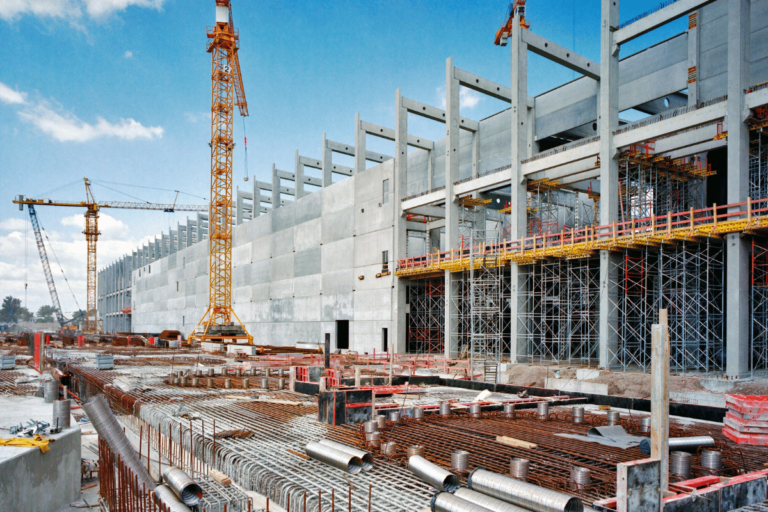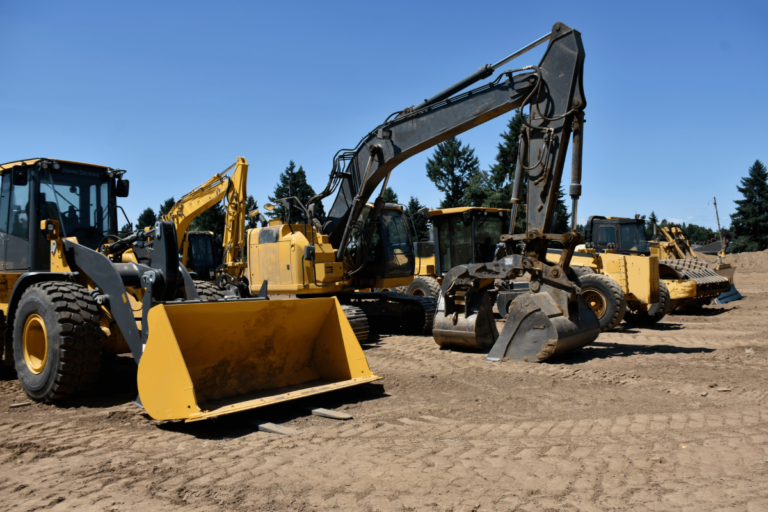How to Improve Winter Construction Workflows for Efficiency?
Cold weather can significantly impact construction projects, slowing productivity and increasing safety risks. However, with the right strategies and tools, winter construction can maintain efficiency while ensuring safety. Below are key methods to streamline workflows and minimize challenges during the colder months.
Equip Teams with the Right Winter Gear
Ensuring workers have adequate winter gear is essential for maintaining productivity and safety on construction sites. Proper attire, such as insulated jackets, gloves, boots, and thermal underlayers, helps workers stay warm and reduces fatigue caused by the cold.
Hydration is equally important, as cold weather can mask dehydration symptoms. Providing warm beverages and heated rest areas can enhance morale and energy. Additionally, investing in high-visibility clothing ensures that workers remain visible during short, dark winter days, reducing the risk of accidents.
Use Technology to Optimize Scheduling and Planning
Winter weather is unpredictable, making planning and scheduling more critical than ever. Use weather forecasting tools and construction management software to adjust project timelines as needed. These tools allow project managers to identify potential weather-related delays and reschedule tasks to maintain overall efficiency.
Real-time communication platforms keep everyone informed about changes in schedules, minimizing confusion and downtime. With the help of drone inspections, site managers can quickly assess progress without exposing workers to harsh weather conditions.
Enhance On-Site Lighting and Visibility
Shorter days and reduced natural light during the winter months pose visibility challenges on construction sites. High-quality LED lighting can significantly improve visibility, ensuring tasks are completed safely and efficiently. Temporary light towers and portable floodlights are great solutions for areas requiring flexibility.
Improved lighting also reduces the risk of equipment accidents and missteps, which are more common in low-light conditions. By focusing on visibility, crews can work confidently and minimize potential hazards, even during evening hours.
Leverage Temporary Heating Solutions
Maintaining a warm working environment is vital for both productivity and the performance of materials. Cold temperatures can cause construction materials, such as concrete and adhesives, to become brittle or unworkable. Temporary heating systems help maintain optimal conditions for workers and materials alike. Using a commercial heater rental is a cost-effective way to ensure consistent heat on-site without requiring a permanent solution. These heaters provide flexibility to adjust to changing site needs and can prevent costly delays caused by frozen materials or equipment breakdowns.

Implement Anti-Icing and Snow Removal Strategies
Snow and ice can create significant hazards on construction sites, leading to slips, falls, and machinery accidents. Implementing a proactive snow removal and anti-icing strategy helps maintain a safe and efficient workspace. Assign specific crew members or hire specialized services to clear walkways, scaffolding, and access points regularly.
Using eco-friendly de-icing products can reduce the impact on nearby vegetation and waterways. Additionally, consider heated mats or blankets to keep critical areas, such as ramps and storage spaces, ice-free and functional.
Insulate and Protect Equipment
Heavy machinery and tools often underperform or break down in extreme cold. Protecting equipment with insulating covers or heated storage facilities can prevent damage and extend its lifespan. Regular maintenance is equally critical—check oil, fuel, and hydraulic systems frequently to avoid freezing and ensure optimal performance.
When not in use, store equipment in designated areas to shield it from frost and snow. Regularly inspecting and replacing parts vulnerable to cold weather stress, such as hoses and seals, minimizes downtime and repair costs.
Train Teams for Winter Safety
Construction teams must be prepared for the unique risks of winter work. Provide comprehensive safety training focused on cold-weather hazards, including frostbite, hypothermia, and slips on icy surfaces. Educate workers on recognizing early warning signs of cold-related illnesses and implementing preventive measures.
Encourage team leaders to conduct daily safety briefings to address evolving site conditions. Incorporating winter-specific drills ensures that crews are confident in handling emergencies and reinforces the importance of vigilance during harsh weather.
Optimize Material Storage and Handling
Proper storage of construction materials is critical during winter. Moisture and freezing temperatures can compromise materials like concrete, paint, and adhesives, rendering them unusable. Store materials in climate-controlled areas to maintain their integrity and reduce wastage.
For materials stored outdoors, use insulated covers, tarps, or containers to protect them from exposure. Handling materials with care also reduces breakage and ensures they are ready for immediate use when needed, streamlining workflows and minimizing delays.
Prioritize Task Sequencing
Careful task sequencing ensures the most weather-sensitive tasks are completed during favorable conditions. Prioritize activities such as foundation pouring, roofing, and exterior installations before extreme cold sets in. Shift focus to indoor tasks like electrical and plumbing work during harsher weather to keep the project moving forward.
By organizing workflows around weather patterns and material needs, teams can maximize productivity and minimize idle time caused by unforeseen conditions.
Winter construction projects come with unique challenges, but implementing these strategies ensures efficient workflows and safer conditions for workers. Proper preparation and attention to detail are key to overcoming the obstacles posed by cold weather and completing projects on time.







